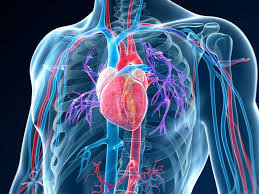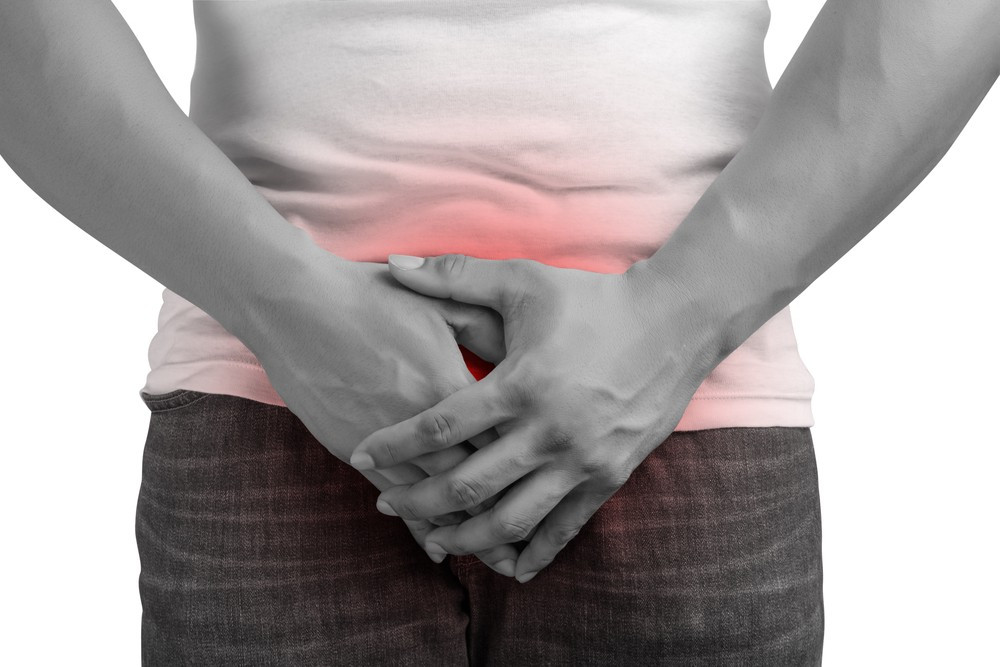We all have our aches and pains, and we all have accidents from time to time. Many of our problems can be dealt with at home and the general rule of thumb is, when in doubt, have it checked out. But what symptoms or health problems are generally a sign that you should see your doctor or go to an emergency room? Here are 20 of the most common reasons to see your doctor.
Shortness of breath
Sudden shortness of breath combined with chest pain could be a sign of a heart attack, a pulmonary embolism (blood clot), or a collapsed lung. These can be fatal and if you experience these symptoms, seek emergency help right away. You should see your doctor for any type of shortness of breath though, as it could also be a sign of lung disease, an infection like pneumonia, or conditions such as lung cancer.
Chest pain
There are several medical problems that could cause chest pain, many of which aren’t serious, such as pulling a muscle or experiencing occasional heartburn. But chest pain could also be the sign of a serious health problem such as a heart attack. Go to an emergency room immediately if you have chest pain that radiates to your jaw, down your left arm, or into your back, or if it’s accompanied by pressure on your chest, sweating and nausea.
Allergic reactions
Allergic reactions can range from mildly annoying (itchy rash, for example) to life-threatening, called anaphylaxis. If you experience swelling of your lips and tongue, itching in your throat, wheezing, coughing, difficulty swallowing, rapid heartbeat, nausea and vomiting, or fainting, call 9-1-1 immediately and if you carry epinephrine for these emergencies, use it right away. If you have mild allergy symptoms, see your doctor to discuss what may be causing them and how you should take care of yourself or prepare for an emergency.
New onset of severe headache
Everyone gets a headache now and then, and some of us get headaches regularly. But if you experience a severe headache unlike one you’ve ever had before, it would be best to go to an emergency room as quickly as possible. The headache could be a sign of a stroke, brain aneurysm, infection (like meningitis), or another serious health issue. Other warning signs to watch for with a headache include fever, vision changes, loss of balance, and confusion.
Coughing blood
Sputum (phlegm) with blood is called hemoptysis. The sudden start of hemoptysis along with chest pain could be due to a pulmonary embolism. This is a medical emergency and you should call 9-1-1 and go to the emergency department immediately. But you should also see a doctor even if you only have blood-tinged sputum, particularly with other symptoms, such as fever, weight loss, and fatigue. It could be associated with infections like pneumonia, tuberculosis or HIV.
New, sudden onset of confusion
A sudden onset of confusion could be a sign of a stroke, an infection, or a mass pressing on brain tissue (including brain cancer). These require immediate emergency care. New onset of confusion can also be a sign of low blood sugar, often a complication for people taking insulin or medications for diabetes, oxygen deprivation for people with lung disease, side effects from a medication, and more.
Severe abdominal pain
Mild abdominal pain is often something that passes, but if you have abdominal pain after a trauma, or with bloody stools, fever, abdominal swelling, persistent nausea and vomiting, and/or severe tenderness when you press on it, seek emergency medical help as soon as possible. There are several conditions that can cause severe abdominal pain including appendicitis, ectopic pregnancy, heart attack, and perforated bowel, among others. Getting help quickly could save your life.
Sudden changes in vision
Sudden loss of vision in either or both eyes, sudden severe pain in your eye, and sudden extreme sensitivity to light are all signs you should head to an emergency department. These could be due to a number of problems, including a detached retina, acute glaucoma, or an infection. Immediate treatment may prevent or limit vision loss.
Weakness on one side of your body
Sudden weakness on one side of your body, even if it’s only one part, like your face or just your arm or leg, can be a sign of a stroke or some other issue with your brain. Go to an emergency department or call for an ambulance. If you suspect a stroke, think FAST – does one side of your face droop (F), can you lift both arms (A), can you speak clearly (S) – and T is for time.
Severe lower back pain
Back pain can be caused by everyday activities, overdoing the physical activities or not being active enough. If you have continual back pain, your doctor should evaluate this. If you have sudden severe back pain accompanied by stomach pain, fever, inability to move one or both legs, loss of bowel or bladder control, sudden weakness, nausea and vomiting, or loss of consciousness, this is a medical emergency and could be life threatening.
New onset of frequent urination
Frequent urination, accompanied by burning or pain while voiding could be a symptom of a urinary tract infection (UTI), which should be treated as quickly as possible. An untreated UTI could spread to the kidneys or trigger sepsis, a life-threatening condition.
High or persistent fever
Your body uses fever to try to fight infection. However, there are some situations when a fever in adults is a medical emergency and requires urgent care: fever with no sweating, stiff and painful neck, seizures, severe headache, confusion, as well as a general feeling of great discomfort. If you don’t have any symptoms other than fever, but the fever lasts, check with your doctor to ensure you don’t have an undetected infection that isn’t clearing up on its own.
Blood in your stools
Tar like black stools may indicate that there is bleeding higher up in your intestines, while obvious red (fresh) blood is from areas closer to your rectum. If you see blood in your stool, check with your doctor to rule out possible causes, such as colon cancer or even haemorrhoids. Blood in your stool is a medical emergency if dizziness or fainting, rapid and shallow breathing, confusion, nausea, cold and clammy skin, and decreased urine output accompany it.
Fainting
People faint for many reasons. They may be too warm, see something that frightens them, or may have low blood sugar from skipping a meal – those are just a few causes. If this happens more than once or twice, you should see your doctor. Fainting can be a medical emergency, though, if it is accompanied by a severe headache, chest pain, back pain, weakness on one side of the body, or is the result of a physical trauma.
Signs of infection in a cut
If you have a cut, scrape, or opening in your skin, it can become infected. Redness around the wound, swelling, increased pain, discharge (like pus), and fever can all be signs of an infection. You may need a topical or oral antibiotic to clear up the infection before it worsens.
Burns
First-degree burns (red and sore, like a sunburn) and most second-degree burns (blisters) can be managed at home, but you should seek medical advice if there are any signs of infection. Second-degree burns in sensitive areas, like your groin, your face, or a major joint, and third-degree burns (burns that go through all layers of skin) are medical emergencies and must be treated in an emergency room.
Fractures
A doctor must evaluate a broken bone or fracture to ensure the bones are in place and set to heal properly. Improper setting of a fracture could result in incomplete healing, pain due to pressure on the nerves and surrounding tissue, and other complications. A broken bone that pierces through the skin is called a compound fracture and must be treated as soon as possible to prevent complications, such as infection.
Bleeding nose
Dry air, blowing your nose too hard, or trauma can cause a bleeding nose. Tilting your head forward and pinching the bridge of your nose often will stop the blood flow. When should you go to the emergency? If you’re bleeding so hard you’re having trouble breathing, if it’s still flowing after 10-20 minutes despite trying to stop it, if you are taking anti-coagulants (blood thinners), or if it started after a blow to the face or head.
Nausea and vomiting
In most cases, nausea and vomiting can be managed at home, with fluids and rest. However, if there is blood in the vomit or dark-coloured “coffee grounds,” or if the vomiting is due to a poison or toxic substance, this is a medical emergency and you should go to the emergency room immediately. If you have been vomiting for more than a day and/or you aren’t urinating, you are at risk of dehydration and you should contact your doctor.
Pain anywhere
Pain is your body’s warning sign that something is not right and it isn’t something you should “tough out.” Ignoring pain could result in further harm or injury, depending on the cause. If you are experiencing chronic or severe pain, consult your doctor so you can discuss the issue and possible causes and treatment. It’s much better to err on the side of caution to stay as healthy as possible.
Story by Marijke Vroomen Durning.





